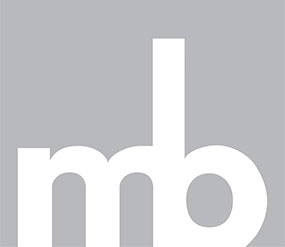The Leahy-Smith America Invents Act (AIA) took effect on March 16, 2013, and included various changes to the definition of “prior art” under 35 U.S.C. § 102. One of the changes includes a new definition of the “on-sale” bar to patentability. However, the precise meaning of the new definition remained unclear, with patent scholars speculating about its various possible interpretations.[1]
Recently, the Federal Circuit clarified these changes in Helsinn Healthcare S.A. v. Teva Pharmaceuticals (Fed. Cir. May 1, 2017).[2]
Before the AIA, 35 U.S.C. § 102 stated a person was entitled to a patent unless the invention was patented or in public use or on sale in this country, more than one year prior to the date of application. In interpreting this provision, courts have consistently held that even confidential sales triggered this “on-sale” bar.
The AIA amended the definition of the on-sale bar to state that a person shall be entitled to a patent unless the claimed invention was “patented, described in a printed publication, or in public use, on sale, or otherwise available to the public before the effective filing date of the claimed invention.”
Some noted that the term “public” was included before “use” but was absent before “on sale,” which may imply that a use must be public to be invalidating, but a sale does not need to be public to be invalidating.[3] Under such an interpretation, confidential sales would still trigger the on-sale bar post-AIA, just as they have before the AIA.
However, right after “on sale” the text says “or otherwise available to the public” which may imply that the sale must be public. The United States Patent and Trademark Office (“USPTO”) sided with this interpretation, and decided that a secret sale is not a bar to patentability unless the invention is placed in the public domain.[4] Many patent attorneys agreed with the USPTO’s interpretation, including the American Bar Association’s IP Law Section, the AIPLA, and IPO.[5]
In Helsinn, the Federal Circuit held the public sale of an invention qualifies as prior art even if the details of the invention are not publicly disclosed. This apparently renders the USPTO’s interpretation incorrect.
The lower court in Helsinn concluded that the on-sale bar, as modified by the AIA, requires a public sale or offer for sale of the claimed invention. The lower court decided that to be “public,” a sale must publicly disclose the details of the invention. The Federal Circuit disagreed, concluding that only the sale itself must be public, and the details of the invention need not be disclosed. In this case, it was undisputed that the sale itself was public because Helsinn publicly disclosed a copy of a Supply and Purchase Agreement (although certain details were redacted from the publicly disclosed version). Since the sale was public, the Federal Circuit decided that it triggered the on-sale bar, even though the publically disclosed version of the agreement did not disclose the details of the invention. Since this sale was public, the Federal Circuit declined to decide whether secret or confidential sales would trigger the on-sale bar.
What does this mean for patent applicants?
Since it is still unclear whether secret sales or secret offers to sell qualify as prior art, patent applicants may aim to file patent applications before any sale or offer for sale, regardless of whether the sale or offer is confidential. If a patent application is filed before the existence of a sale or offer to sell (secret or otherwise), the on-sale bar to patentability should not apply.
[1] See, e.g., http://patentlyo.com/patent/2012/10/did-the-aia-eliminate-secret-prior-art.html.
[2] Available at http://www.cafc.uscourts.gov/sites/default/files/opinions-orders/16-1284.Opinion.4-27-2017.1.PDF.
[3] Id.
[4] Final Rules and Examination Guidelines, 78 Fed. Reg. 11059, 11060 (Feb. 14, 2013).
[5] See http://patentlyo.com/media/docs/2012/10/aba-ipl_20121001.pdf, http://patentlyo.com/media/docs/2012/10/aipla_20121005.pdf, and http://patentlyo.com/media/docs/2012/10/ipo_20121005.pdf
